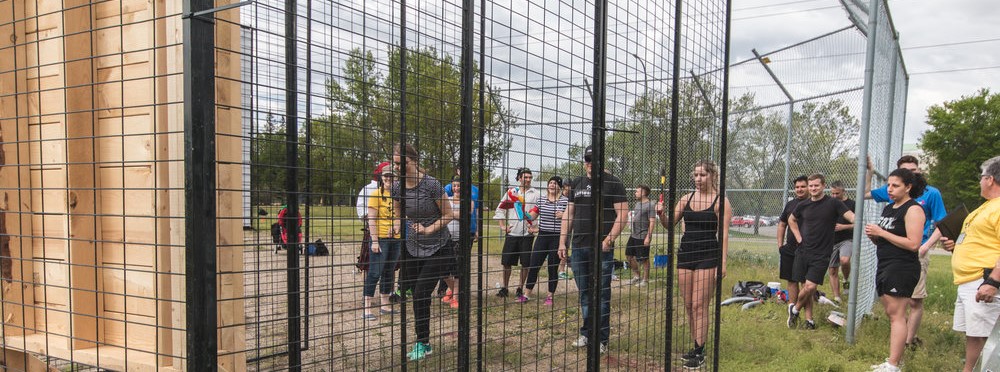Outdoor Axe Throwing.
Saftey Regulations for Trailers and Mobile units.
- Mobile Throwing Environments
- Your mobile throwing ranges must have a flat surface for the entire throwing area
- In the case of inclement weather
- The throwing area must be completely covered
- The ground in the throwing area must be checked periodically to confirm safe footing
- Acceptable Environments
- Open Space with fencing
- Trailers
- Trailers
- Trailers must conform to all requirements listed in this document as well as:
- Trailers should be a modified deck-over style
- Trailers must be at least 12 ft long if throwing inside the trailer
- Trailer must be secured on flat ground before allowing people to throw
- Trailer must be inspected and conform to all local laws and ordinances for road travel as set forth in local and federal laws
- Trailers must be set up on the flat ground/floor.
- Flat meaning the ground/floor as having a continuous horizontal surface with as little incline in any direction as possible
- Trailers must conform to all requirements listed in this document as well as:
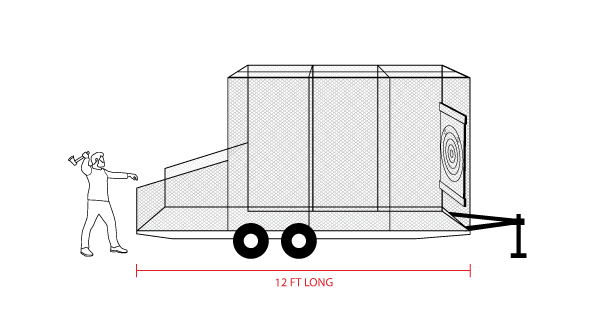
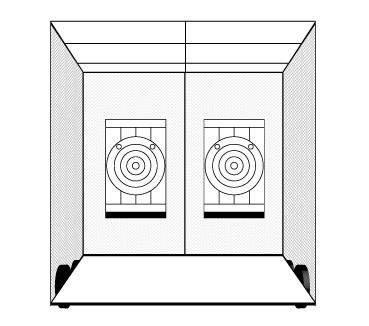
- Spectators Areas
- Behind the throwing area
- Spectators may not stand directly behind the throwers
- Spectators must keep a 6ft distance minimum from any throwers
- Spectators may not stand directly behind the throwers
- Spectators on the sides or behind the lane
- If spectators are to the sides of the targets where fencing exists, spectators must remain behind the fencing
- Spectators may not be within 8ft from the targets on the sides
- Under no circumstances can spectators watch or be behind any targets or lanes. All spectators must be behind throwers but not on the other side of the target
- Behind the throwing area
- Throwing Area
- The area needs to be written rules of thrower conduct prominently displayed in the throwing Area
- This need to list everything you will go over in your safety training with the clients. (For example: Don’t touch the blade, only throw toward the targets, adhere to all standard WATL safety guidelines, etc)
- There needs to be a marker of 12 ft from the targets to designate the safe zone.
- Only the two participating throwers and the supervisor are allowed in inside the lane at one time. This includes ensuring the area behind the throwers is clear of any other person up to 6′.
- The area needs to be written rules of thrower conduct prominently displayed in the throwing Area
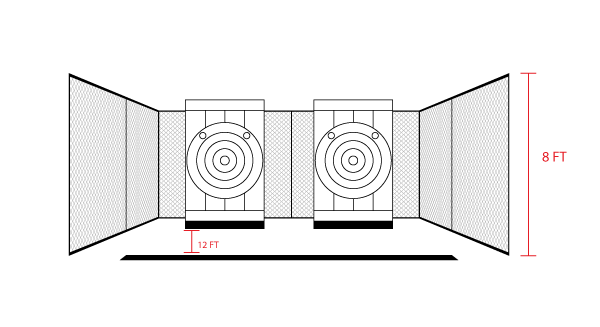
- Open Space with Fencing
- There needs to be 8ft tall fencing on the sides around the throwing area. This fencing must cover at least 15 ft to the front of the targets and connect to the fencing behind the targets with the back fencing.
- There needs to be 8ft tall fencing covering behind the target
- If the targets are not fully enclosed in fencing with a ceiling, then there must be fencing at least 10 ft away behind the targets
- Under no circumstances can spectators or the public be allowed to walk behind the target, even behind the 8ft tall fencing area
- If there is any reason to go behind the targets, it will only be by an authorized employee
- The employee will make sure that no-one holds an axe while the employee is behind the targets.

- Targets
- The targets must either be attached to a solid wall or have a built base large enough to accommodate the force of an axe hitting the target without tipping over.
- The targets are built from 5 2×10 wooden boards that are 4” in length. The first layer would be arranged horizontally, then the outermost layer, on which targets will be drawn, is arranged vertically.
- Targets must conform to World Axe Throwing League Standards as pictured below

-
- The first layer of 2×10 wood drilled onto the SPF wooden wall are called backboards.
- The backboards can be made of 6′ feet long of 2×10 lumber. This will be the backboard where you will then drill your target boards against.
- There should be 6pcs of 2x10s, that are 6′ feet long, drilled into the wall vertically and packed tightly together.
- These 6 vertical boards should be 2 feet off the ground.
- The second layer of wood will be your actual targets. These will be three 2×10 boards in the center, and one 2×10 board on each side. The targets consist of two components: 1) the targets 2) the headers and footers
- Axes
- Handle Max Length can be no more than 19in/48.26cm from the bottom of the handle to the top of the axe head.
- The length includes the top head of the axe where the wood is inserted, to the bottom of the shaft.
- No second bits or spikes on the opposite side of the axe head from the forward facing bit of the axe.
- Decorative blunt objects are allowed but there may not be anything that could be considered sharp. This will be determined by the presiding match official.
- Maximum Weights of an axe
- Axe Head = 2 lbs/0.907 kg
- Axe Total = 3 lbs/1.36 kg
- The blade on the head should be no longer than 4.75″ maximum.
- The handle may be made of wood, steel or plastic and length be at least
- Broken axes may not be used.
- Handle Max Length can be no more than 19in/48.26cm from the bottom of the handle to the top of the axe head.
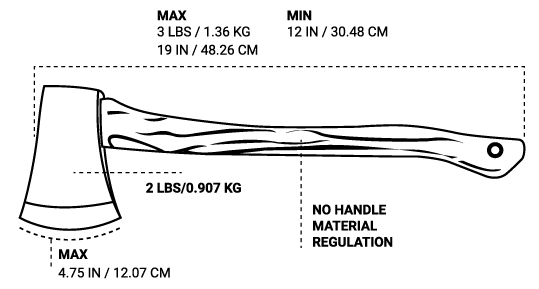
- Supervision
- There must be a minimum 1 supervisor per every 2 targets (one lane)
- A 6′ radius should be maintained around every participant holding an axe, however, the coach may approach the participants and enter this 6′ radius to provide instruction.
- An axe should never be thrown until a coach has provided a demo and instruction for which the participant has been present.
- Throwing:
- Axes from each player should be thrown at the same time.
- Axes are to be retrieved only when both axes have hit the target or the floor.
- Axes shall never be thrown when a person is in front of the 12ft marker
- No trick throwing is allowed on mobile units.
- The only two throws allowed:
- Single hand overhead
- Two hands overhead
For any questions about the regulation in terms of insurance please contact our good friends at AxeThrowingInsurance.com
Get Exclusive Offers & Stay Up-To-Date
Sign-up today and never miss an update in the exciting world of axe throwing.
